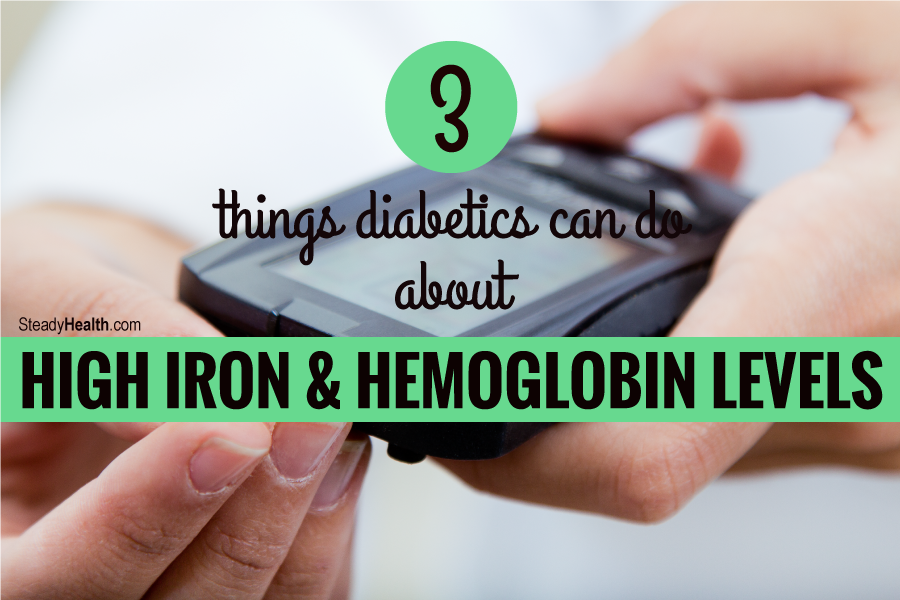

For example, patients can have nosebleeds, cough up blood, lose small or large amounts of blood in the urine, lose blood from trauma or surgery, and lose blood during menstruation. Bleeding can occur for many reasons, and involve many different organ systems. Bleeding: When a person bleeds, they lose red blood cells and the iron in them, causing the red blood cell count to drop as fast as the person is bleeding.Some conditions that can cause iron deficiency include celiac disease and Crohn's disease, gastric bypass surgery, and taking too many antacids that contain calcium. This can be caused by dysfunction of the stomach, which is needed to liberate dietary iron, the small intestine, which is needed to absorb the iron, or by surgical changes. Poor iron absorption: The body does not do a good job of absorbing iron.Strict vegetarians may not get enough iron in their diet, and many older adults who eat a limited diet don't get enough iron. Foods that naturally contain iron include meat (red meat has the most, followed by pork, chicken, and fish or seafood), leafy green vegetables like spinach, dried raisins and apricots, iron-fortified breads and cereals, and others. Iron deficient diet: There aren't enough foods containing iron in the diet.Iron deficiency anemia develops when the body's iron stores run low. Normally, the body absorbs iron from food and also reuses iron from old red blood cells. Iron helps make red blood cells, so if there isn't enough iron, the body can't make enough red blood cells. It occurs when the body does not have enough iron. Iron deficiency anemia is the most common form of anemia. There are many types of anemia, and some of them involve conditions related to the digestive system. Desire to eat ice or other non-food things.Shortness of breath with mild activity or even at rest.If anemia is more severe, symptoms depend on whether the anemia has been slow to develop, or happens abruptly. Stroke symptoms for patients with prior stroke or transient ischemic attack (TIA).Leg pain and weakness for peripheral vascular disease.If a patient has underlying cardiovascular disease, symptoms can include worsening or recurrence of their vascular symptoms, such as: Feeling weak or tired more often than usual, or with exercise.Patients with mild anemia may have no symptoms, but when they do, the first symptoms often include: Red blood cells are essential, as they carry oxygen to body tissues. Anemia is a condition in which the body does not have enough healthy red blood cells.


 0 kommentar(er)
0 kommentar(er)
